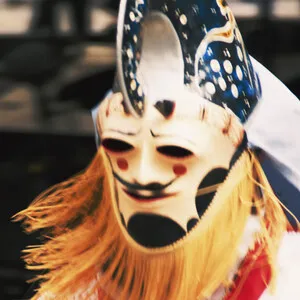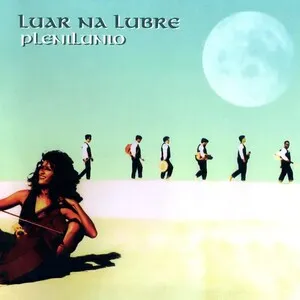Galician folk music is the traditional music of Galicia, a Celtic-influenced region in the northwest of Spain. It is best known for its powerful gaita galega (Galician bagpipe) leading dance tunes and laments, supported by a driving percussion battery of tamboril (snare-like drum), bombo (bass drum), and hand percussion such as pandeireta (large frame tambourine). Modal melodies, drones, and characteristic vocal shouts (aturuxos) give it a visceral, communal energy.
The repertoire spans lively dance forms—especially the muiñeira in 6/8—as well as carballesa, jota galega, alborada (dawn processional), and foliadas (communal sing-and-dance gatherings). Vocal genres include alalá (often free-rhythmic and plaintive), regueifa (improvised sung dueling), and multi-voice pandeireteira traditions. Besides the gaita, instruments such as requinta (small transverse flute), hurdy-gurdy (zanfoña), violin, accordion, and guitar are common. Melodically it favors Dorian and Mixolydian modes, open-fifth drones, and ornamentation idiomatic to the gaita.
While close to other Atlantic “Celtic” traditions (Irish, Scottish, Breton), Galician folk music retains distinctive Iberian traits through neighboring Spanish and Portuguese dance forms, language (Galego), and seafaring themes.
Galician song traditions are documented as early as the 1200s in the Galician-Portuguese lyric corpus and the Cantigas de Santa María. Although those were largely courtly compositions, they attest to a robust regional song culture whose melodic contours, refrain structures, and language resonate with later folk practice. Across centuries, rural dance music, ritual songs, and communal singing were transmitted orally in villages and fishing communities, with the gaita and frame tambourines central to festivities.
In the 1800s and early 1900s, collectors and early recordings began to document gaiteiros (bagpipers) and local dance repertoires (muiñeiras, jotas, alboradas). Iconic pipers such as Avelino Cachafeiro (O Gaiteiro de Soutelo) helped codify technique and repertory. Bands often combined gaita, requinta, and percussion to energize public dances and processions.
Cultural repression under the Franco regime curtailed public use of the Galician language, yet folk traditions persisted in community contexts. In the late 1960s–1970s, a revival—intersecting with Nova Canción movements—recentered traditional music as a vehicle for identity. Ensembles like Fuxan os Ventos and, shortly after, Milladoiro professionalized the sound, brought ancient instruments to the stage, and published influential albums. Women’s pandeireteira groups (e.g., Leilía) revitalized vocal and frame-drum traditions.
From the 1990s onward, artists such as Carlos Núñez, Berrogüetto, Luar na Lubre, Susana Seivane, Mercedes Peón, and Xosé Manuel Budiño expanded the palette—refining piping technique, orchestrations, and cross-border links with Breton and Irish scenes. Festivals and schools stabilized transmission, while contemporary acts introduced modern production and collaborations. Today the style thrives in both purist and fusion contexts, informing Celtic rock/punk, world fusion, and innovative roots projects within and beyond Spain.








